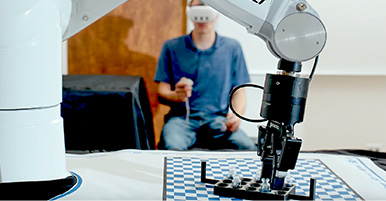Citation
Latendresse M., Paley S., Karp P.D. (2012) Browsing Metabolic and Regulatory Networks with BioCyc. In: van Helden J., Toussaint A., Thieffry D. (eds) Bacterial Molecular Networks. Methods in Molecular Biology (Methods and Protocols), vol 804. Springer, New York, NY
Abstract
The BioCyc database collection at BioCyc.org integrates genome and cellular network information for more than 1,100 organisms. This method chapter describes Web-based tools for browsing metabolic and regulatory networks within BioCyc. These tools allow visualization of complete metabolic and regulatory networks, and allow the user to zoom-in on regions of the network of interest. The user can find objects of interest such as genes and metabolites within the networks, and can selectively examine the connectivity of the network. The EcoCyc database within the BioCyc collection has been extensively curated. The descriptions within EcoCyc of the Escherichia coli metabolic network and regulatory network were derived from thousands of publications. Other BioCyc databases received moderate levels of curation, or no curation at all. Those databases receiving no curation contain metabolic networks that were computationally inferred from the annotated genome sequences of each organism.
Keywords: Regulatory network, Metabolic network, Cellular network, Web interface, Highlighting, Regulatory subnetwork, Browsing, Genome database, Metabolic database.


